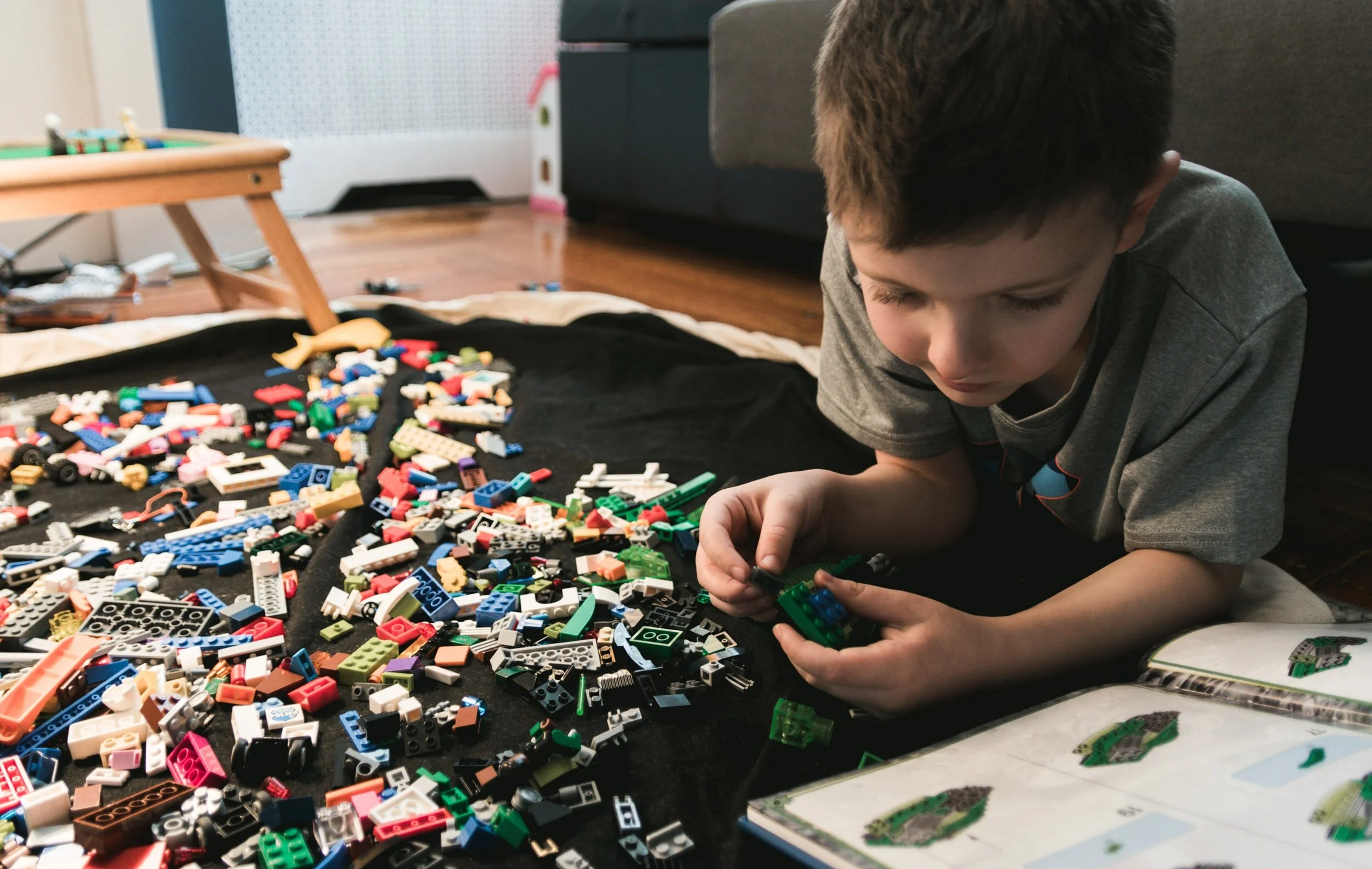A learning space for the kids? Yes, of course!
5 tips to help keep the peace between parents and their little ones while working at home.
A room of one’s own, writes Virginia Woolf, is essential for one’s professional output. OK, perhaps we are paraphrasing, but creating a dedicated space for everyone to work in is essential, and this means for the kids, too.
But you need more than just an empty room for them, in the same way that you need more than just an empty room for yourself. So with this in mind, here are our recommended ways to create the right environment for your children, so they can stay motivated and be productive (which also means they’re less likely to interrupt your meetings - it’s a win-win really!).
A dedicated spot
Kids need different areas for specific things - for play, for sleep, for food, for studying - as it helps their brain shift to the right activity.
We understand that not every home will be equipped with unlimited rooms, but that’s ok! Your children just need a dedicated working space (not the sofa or bed). Ideally, they have a desk area, which will encourage better ergonomics, but failing that, the kitchen table works, too, just make sure it’s clutter-free.
Bright and airy
Light is important (so important, we’ve written a whole article about it!), so please make sure your kids aren’t working in dark rooms where their eyes will strain to take in whatever light they can. If you can get them a desk lamp, please do!
It’s also essential that you keep their working space well ventilated with fresh oxygen to help stimulate their neurones!
Build routine
Building a structured routine that you can all follow is helpful for parents and children alike: get up, shower, get dressed, do some star jumps, eat breakfast, settle down to work. This rhythm makes it easier for you all to focus and go into the day more motivated.
If you can, make sure that you start working at the same time each day and that you take frequent screen breaks. Try having a recurrently scheduled tea break, which also ensures in-person social interaction time, another key developmental area. You can also ask your kids to plan a fun activity that you can all do together during a break.
Optimise ergonomics
The same basic ergonomic principles that apply to adults apply to kids, too.
Make sure the desk and chair are the right height for your child: when they rest their hands on the keyboard, their elbows should be bent at 90 degrees. Their feet should rest on the floor, and if they don’t, put a box in front of the chair for their feet to rest on. The screen should be an arm’s length away, and the centre should be at eye level.
Take a break to move
We’re not designed to be sat in a chair all day, and spending a lot of time in front of screens can lead to back pain, obesity and eye problems.
But fear not, this is easy to combat. Firstly, follow the 20/20/20 rule: stand up straight every 20 minutes and focus on a distant object (that’s at least 20 feet away) for a minimum of 20 seconds. This relaxes the eyes and neck, as well as taking the strain off the back and hips.
Go for a walk at least once a day, and try to schedule in regular exercise. This will also help keep life a little calmer! For instance, a dancing break is a fun way to add exercise into the day, or you could challenge the kids to do 50 jumping jacks.
Plus, don’t underestimate the power of offline play: Bo Stjerne Thomsen, chair of Learning through Play at the LEGO Foundation, notes that “play is the main vehicle through which children grow and learn. It is the foundation for all forms of development and stimulates every part of their brain, enabling them to actively engage in critical thinking, experimentation and wonder.”

